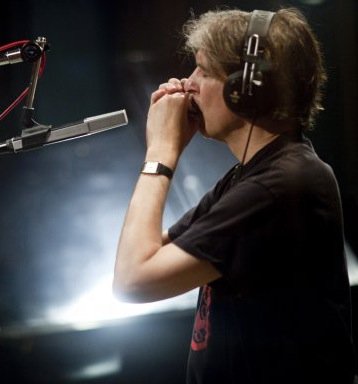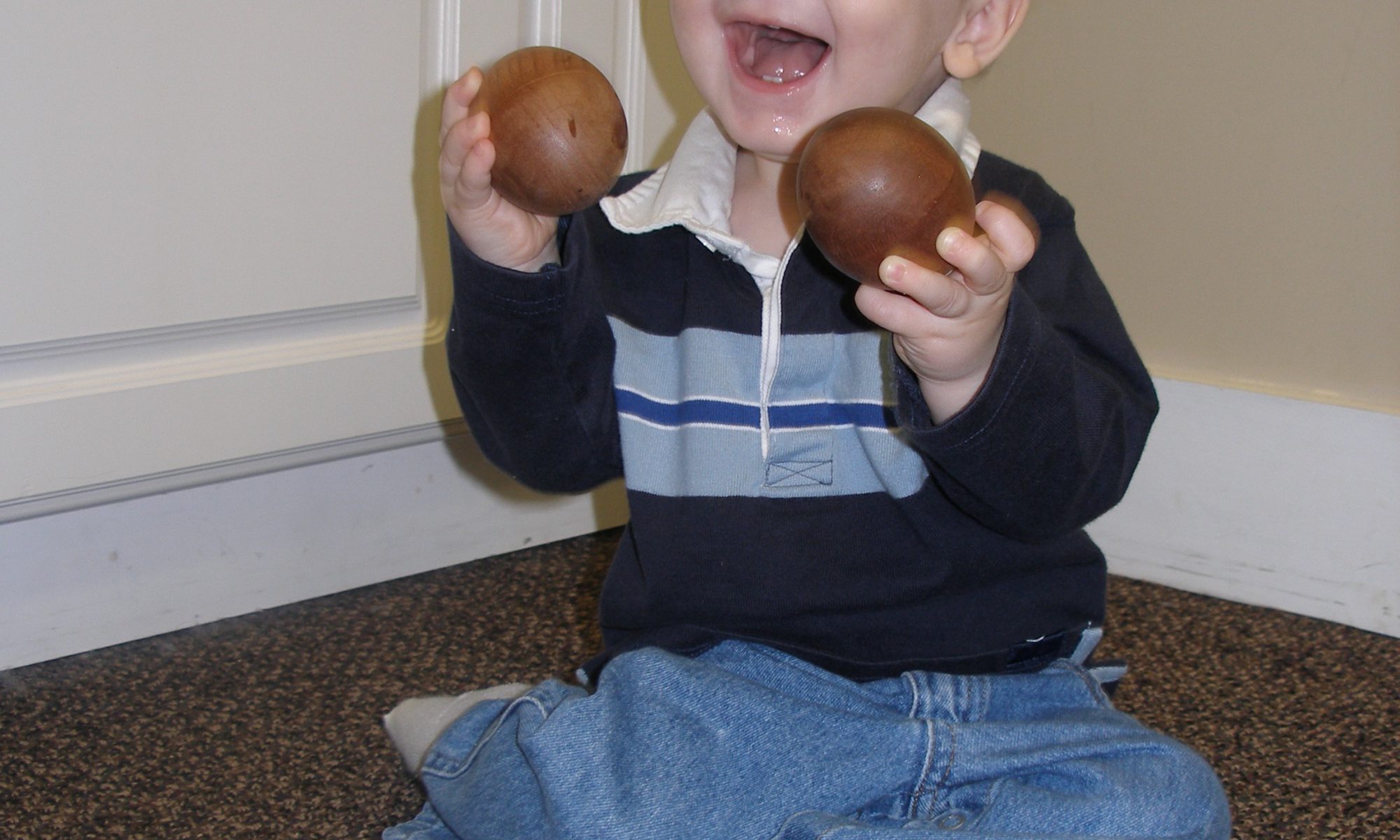 Music education is a vital part of a child’s life. Research shows that our abilities to sing in tune, move to a steady beat and yes, hear music in our heads, are all formed by the time we are 8- or 9-years old. That doesn’t mean you can’t learn to sing or dance or play the piano after the third grade, but the learning windows for musical aptitudes do begin to close.
Music education is a vital part of a child’s life. Research shows that our abilities to sing in tune, move to a steady beat and yes, hear music in our heads, are all formed by the time we are 8- or 9-years old. That doesn’t mean you can’t learn to sing or dance or play the piano after the third grade, but the learning windows for musical aptitudes do begin to close.
Do you ever hear a song in your head over and over again? Can you imagine not being able to hear music this way? Audiation, the ability to hear music when no musical sound is present, is an acquired skill. Similar to thinking thoughts without talking aloud, when you audiate, you internalize and “think” music. To practice audiation with your child, leave off the last word of a favorite song. Stop completely. Observe and listen to your child. What is the reaction? When you play this game with familiar songs, you are engaging your child’s ability to think and “speak” with you musically.
Were you lucky enough to have wonderful parents who sang to you all the time? Did you sing endless rounds of “She’ll Be Comin’ Round The Mountain” when you went on vacation? Repetition is a critical part of your child’s growth and development between the ages of birth and seven. Repetition aids in strengthening the neural pathways in the brain. So when your child wants you to “Read it again, Mommy!” or “Play that song again, Daddy!”, do it!!!
Babies are innately musical. They respond to music and sound in utero. Carla Hannaford, author of Awakening the Child Heart, tells us that hearing and language begin in utero and become the first window to the material world as the embryo physically reacts to sound 23 days after conception. Sound becomes the organizer of our physical structure and later, via the mother’s coherent heart rhythm, gives us the patterns on which to form a coherent understanding of patterns within our world.
People often ask, “What do you do with an infant in a music class?” Babies can be soothed with music. Brain development is stimulated by music. A Kindermusik Village class, for example, provides a rich environment of music, movement, language and touch for babies newborn to 18 months. This combination of music and movement stimulates the Vestibular System, the fluid in the brain. According to Dr. Alfred Tomatis, without a fully developed Vestibular System that allows us verticality and balance, language and learning become difficult. Language development begins with movement and is supported with interactive communication and music. Hannaford points out that early music education, including the interplay of music, movement and sound, is key to developing language, math, relational and learning skills, as well as creativity.
Toddlers love to clap and pat to the steady beat of favorite tunes. Steady beat is the unchanging, underlying beat that pulses through every top-10 tune on the radio. Different from rhythm – a combination of various short and long sounds – steady beat is what we tap our toes, pencils and imaginary drums to. For many toddlers, steady beat is an innate ability nurtured with lots of opportunity to practice. For others, it is a skill that can be learned through practice. The ability to keep a steady beat is a gift that we all want our children to have. A study showed 100% of first string professional football players can move their bodies to a steady beat. Moving to a steady beat develops a sense of timing and the ability to organize and coordinate movements like walking, dribbling a basketball, driving and using scissors. Not true for 2nd string. Kindermusik classes provide many opportunities for toddlers to play instruments and move to a steady beat and parents are educated about ways to keep music alive at home.
Preschoolers are exploding with ideas and questions. Creative music and movement provide an outlet for the imaginary characters that live inside a child. 3- and 4-year olds flourish in an environment where there is music, movement and an opportunity for them to contribute ideas. In a Kindermusik Imagine That! class, a child can explore voice and ideas, add instruments to songs and rhymes, act out enticing characters and grow socially while interacting with peers.
For a kindergarten or first grade child, reading readiness is an important issue. I often imagine how it would have been to have the language of music and the English language concurrently integrated into my life: learning to read and write music while learning to read and write language.
Kindermusik provides a whole child approach to music education. Children move and sing, play musical games, learn about music in other cultures, talk about and listen to the instruments of the orchestra, develop their discriminative listening skills, build self-esteem through group interaction and music making, begin to read and write basic musical notation and much more.
I often get calls from eager parents, ready to spend gobs of money on private music lessons for their 3-, 4- and 5-year olds. I first ask them, how are the children’s fine motor skills? Are they reading? How big are their hands? Are they ready to practice at least 20-30 minutes each day? By the time children complete a 2-year Kindermusik class, they have played a pre-keyboard instrument, a simple string instrument and a wind instrument. They are eager to pursue private lessons and have more staying power!
When you choose a music program, make sure it is compatible with you and your child. Be prepared to be an active participant and supporter of your child’s music experience. It could be the best investment you ever make.
Music turns kids on. So turn it up!
Thanks to Stephanie Bartis, M.M., for sharing this great article, orginally written for the Art of Well Being. Stephanie is a member of Kindermusik’s Maestro Conductor Circle, which distinguishes her and her studio, Bartis Creative Studio, as among the top 1% Kindermusik programs worldwide.







